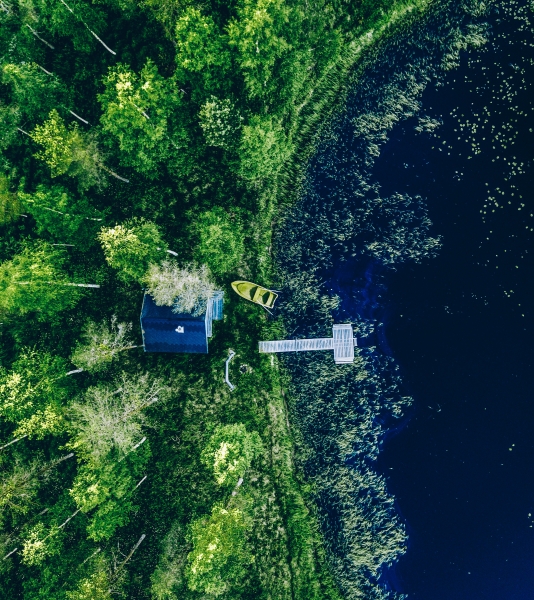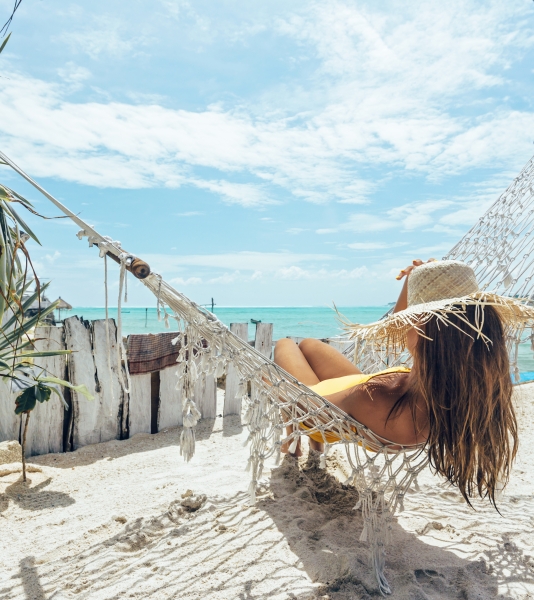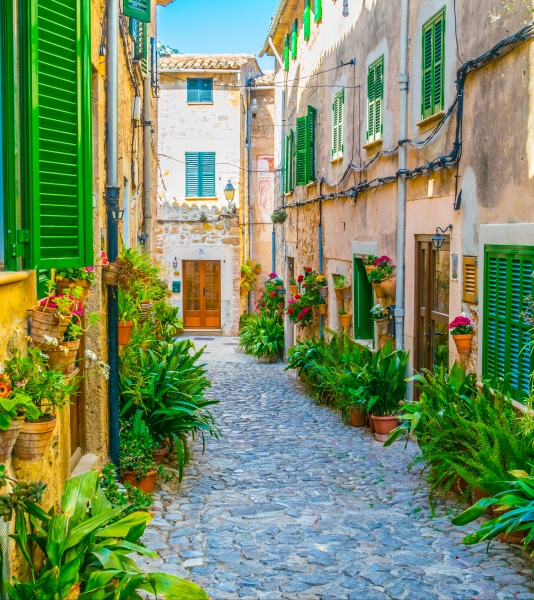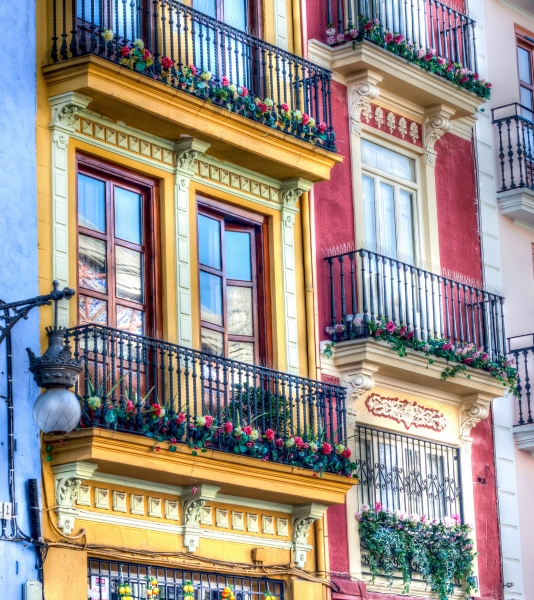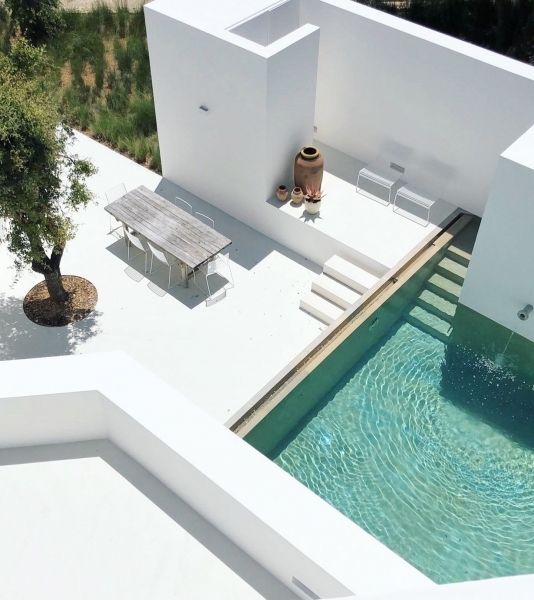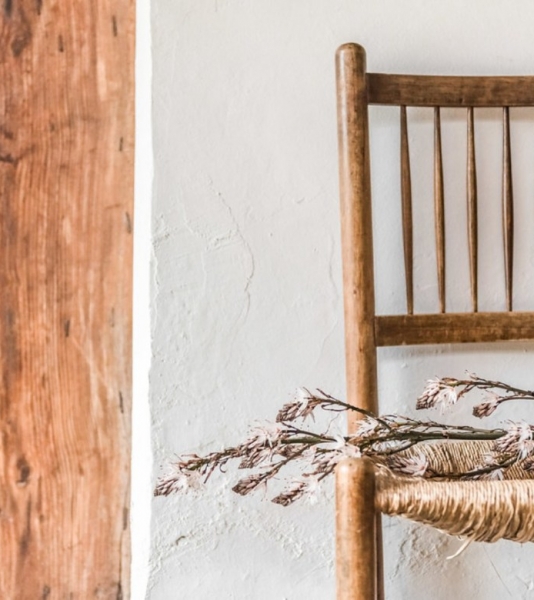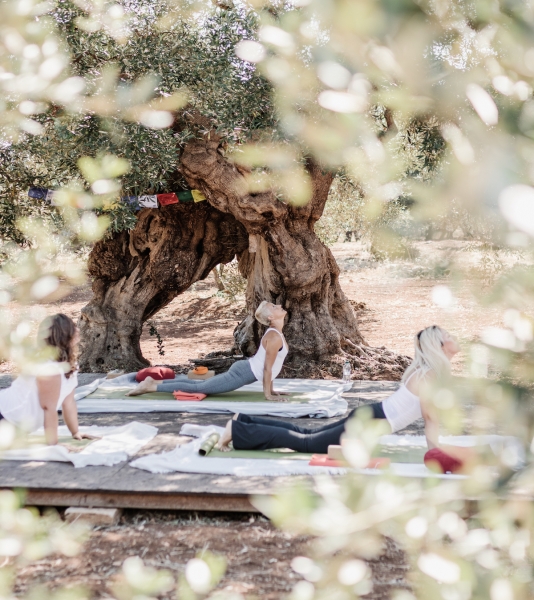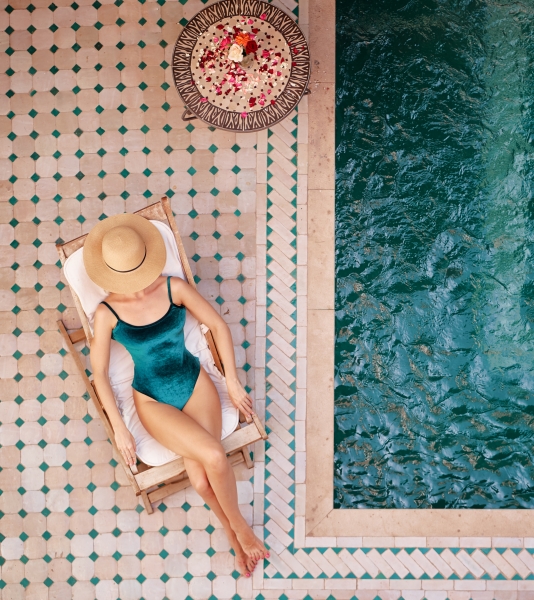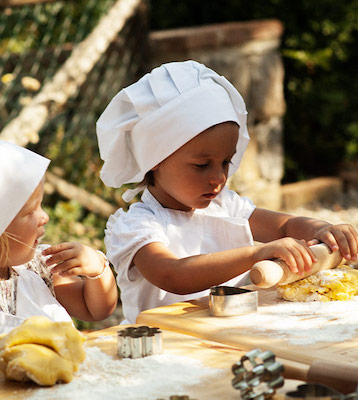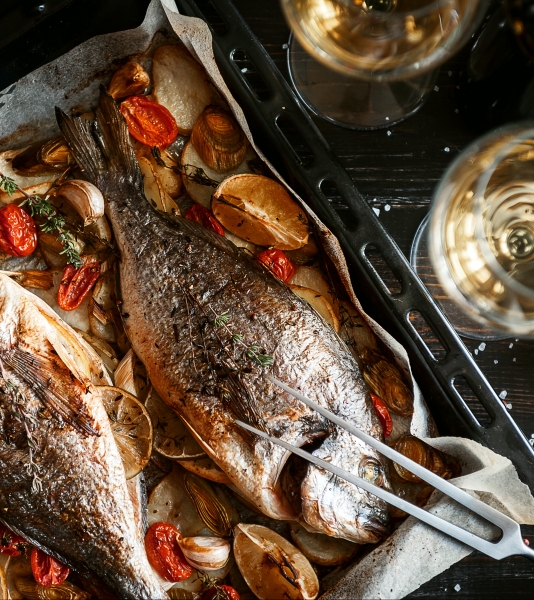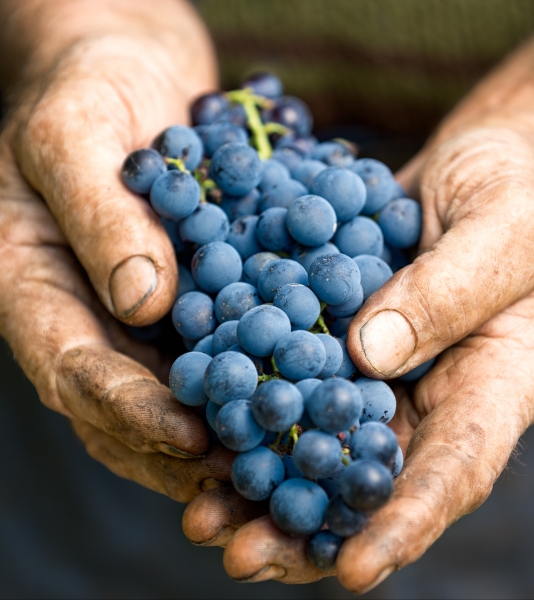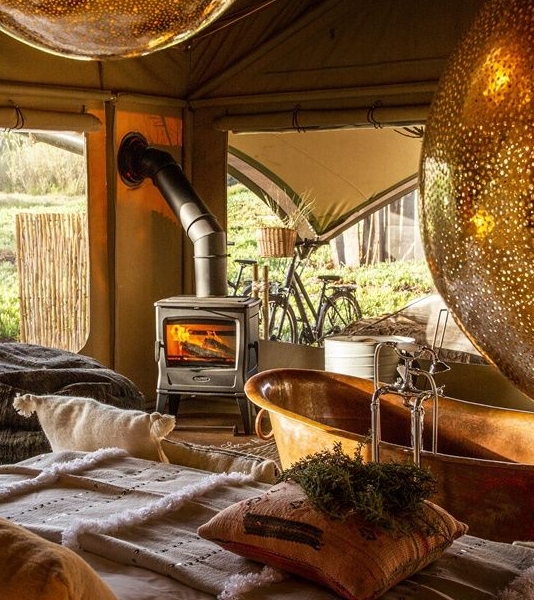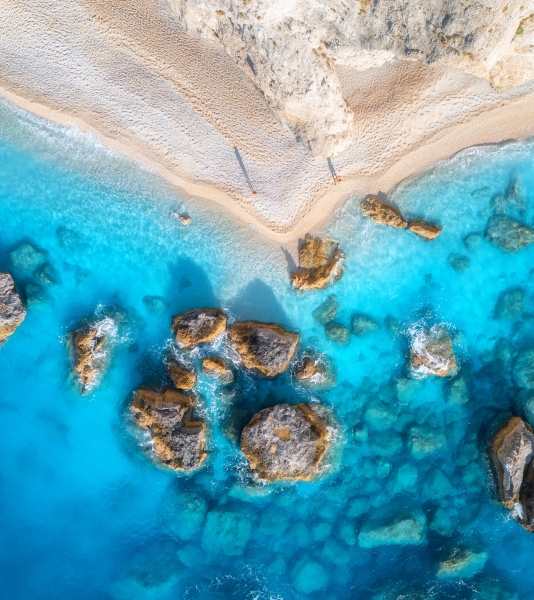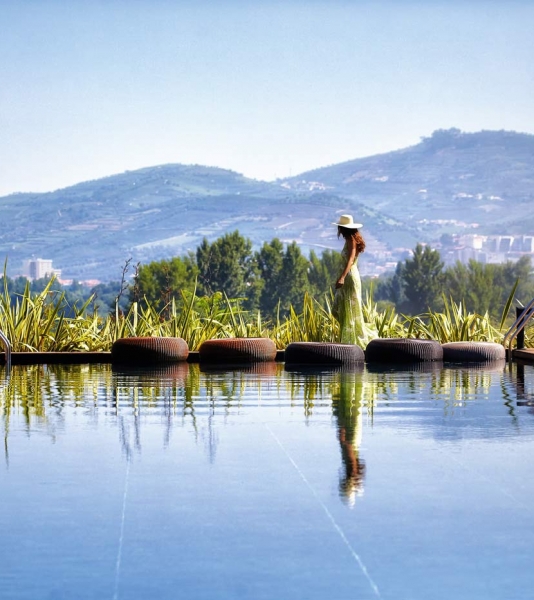Catalonia and its provinces
In Catalonia, in the extreme northeast of the Iberian Peninsula, one encounters the majestic Pyrenees rising into the sky and the picturesque coastal mountains reaching down to the crystal clear Mediterranean Sea. The Central Catalan plateau, on the other hand, offers a quieter atmosphere with magnificent nature.
The region is known for its high-quality tourism and its wine and textile industries. The cities are characterised by old city walls, magnificent churches and monasteries and fascinating museums. Catalonia consists of four provinces: Barcelona, Tarragona, Lérida and Girona. Each of these provinces has its own particularity and can best be discovered with a visit.
Barcelona, the capital of Catalonia, is one of the most cosmopolitan cities in Spain. Here you will find a combination of modern architecture and medieval alleys that make the city an unforgettable experience. Not for nothing is Barcelona an absolute must for any trip to Spain.
The province of Tarragona is located on the Mediterranean coast and offers some of the most beautiful beaches in Catalonia. The Costa Daurada, the Golden Coast in Catalan, is known for its fine sandy beaches and crystal clear waters. The province is also rich in Roman ruins, including the impressive amphitheatre in Tarragona, which is a World Heritage Site.
The province of Lérida is known for its impressive Pyrenees and its landscape of high mountains, rivers and lakes. Here you can enjoy nature in all its glory and practice outdoor activities such as hiking, rafting or even skiing in winter. Lérida is also home to some of the most beautiful medieval towns in Catalonia, including the charming town of Besalú.
The province of Girona, though also very hilly, offers some of the most beautiful coastline in Catalonia. The Costa Brava is famous for its stunning coves, crystal clear waters and picturesque fishing villages. Girona itself is a beautiful medieval city with a well-preserved old town and an impressive Gothic cathedral.
Each of these provinces has its own identity and a variety of activities and sights to discover. Whether you are interested in historic cities, outdoor adventures or beach experiences, Catalonia has something for everyone. Visit this diverse region and experience the magic and beauty of the north-east of Spain. Stay in one of our small boutique hotels or beautiful holiday flats in Catalonia and experience the magic of this fascinating region.


